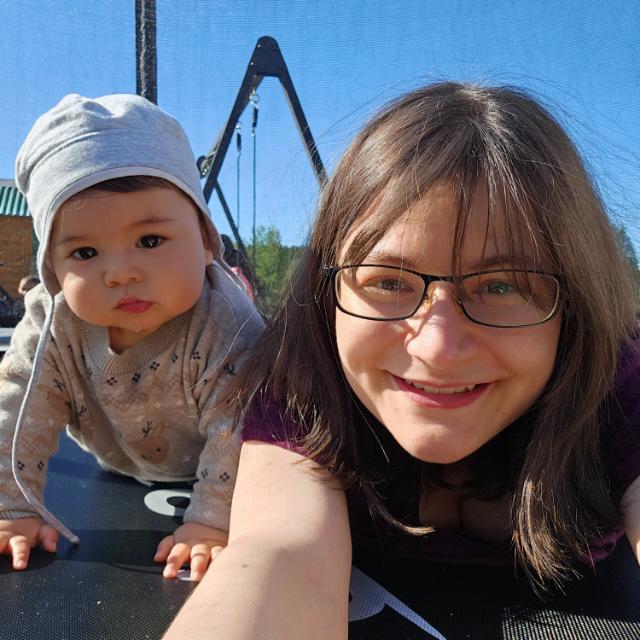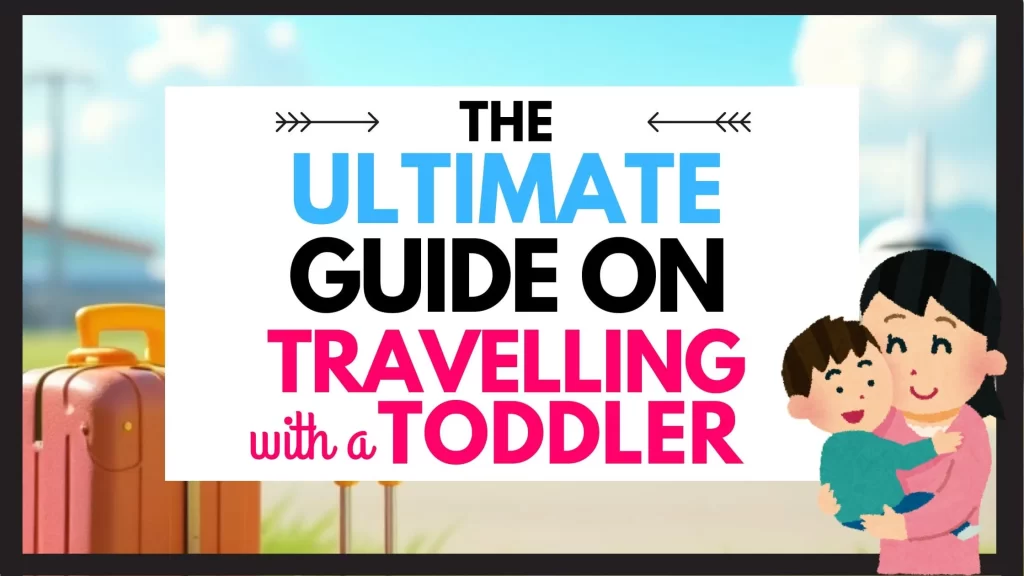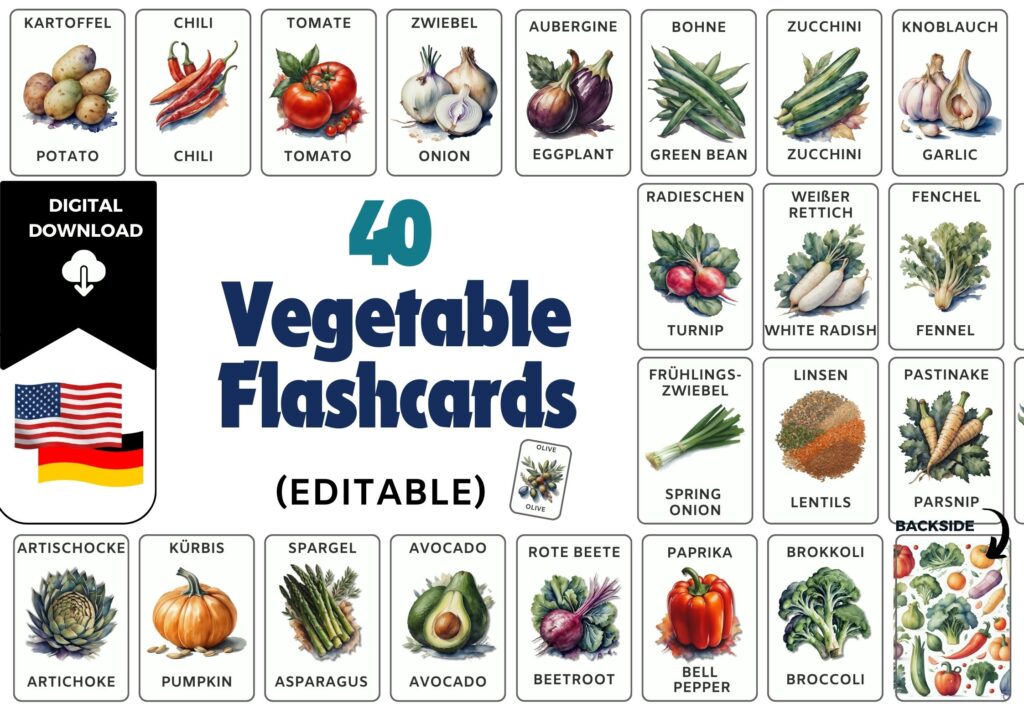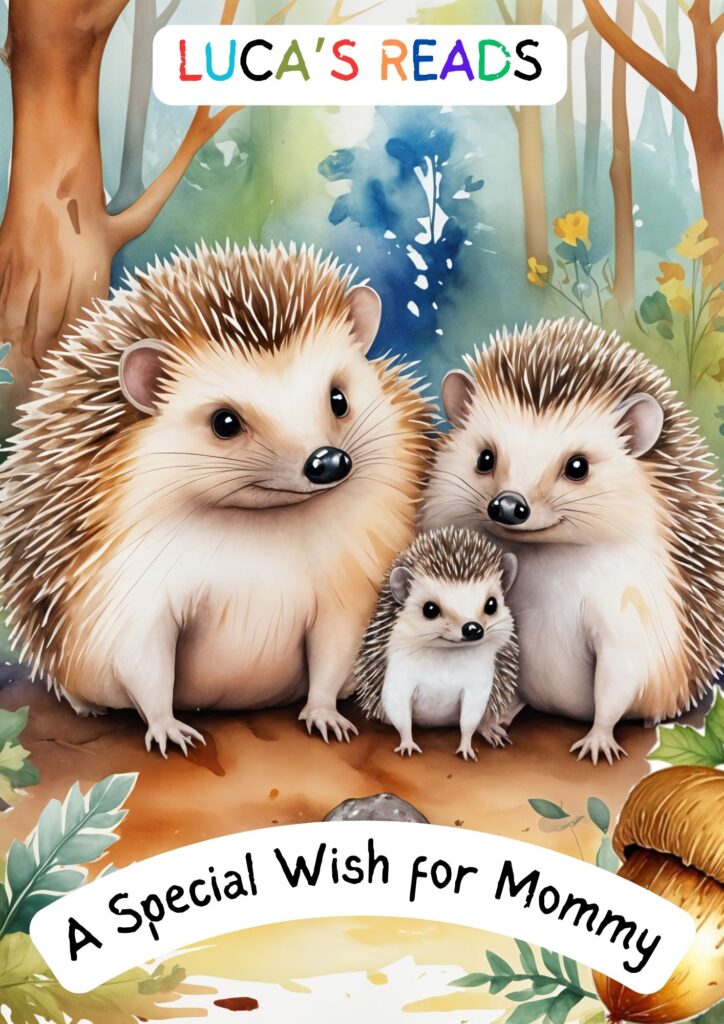These days I am in love with sensory bags. I thought they are really stupid and that they’d never survive my toddler, but I found a way to make them leakproof.
So here is a roundup of all my DIY Sensory Bag Ideas. They are perfect for babies (I gave one to a friend with a 6 month old) . They are also a great gift for toddlers: (My son is 18 months and loves them.)
- 1. 🌱 Algae Sensory Bag
- 2. 🍂 Fall Leaf Sensory Bag
- 3. Mess Free Paint Sensory Bag
- 4. 🌊 Ocean Sensory Bag
- 5. 🎃 Halloween Slime Sensory Bag
- 6. Pom-Pom Sensory Bags
- Enjoyed This Post? Here’s How You Can Help!
- What Age is Best for Sensory Bags?
- How to Make a DIY Sensory Bag
- Best Liquids for Sensory Bags
- How to Make Your Sensory Bag Sturdier
- What to Do with a Sensory Bag?
- FAQs About Sensory Bags
- Final Thoughts
- Latest Posts:
1. 🌱 Algae Sensory Bag
My first DIY sensory bag was this algae sensory bag I made. I was still too stupid to use the vacuum thingy and it took me a few tries. Now I put it in my busy bag, when we go out.

Materials:
- Clear vacuum pouch or a ziplock bag
- Aloe gel or hair gel
- Small plastic sea creatures
- Glitter (optional)
- Tape (optional)
🔗 Step-by-Step Tutorial For the Algae Sensory Bag!
2. 🍂 Fall Leaf Sensory Bag
The next DIY sensory bag I am planning on making. I’ll update the post as soon as I have it done or when I come up with new ideas, so pin this post for later <3

Materials:
- Clear ziplock bag
- water
- Real or fabric leaves in different shapes
- Glitter (optional)
- Tape to seal
Instructions:
- Fill the bag with water.
- Add real or fabric leaves.
- Sprinkle in some glitter (optional).
- Seal the bag with a vacuum sealer.
- Let your toddler squish and explore!
3. Mess Free Paint Sensory Bag
Here is a simple mess-free coloring sensory bag I tried with my son. Honestly he liked the other sensory bags more. I think with 9 months he was still too young. Also check mess-free painting ideas if you like this idea.

Materials:
- Ziplock bag
- Colorful paint
- Tape
- Optional: Confetti
Instructions:
- Add a mix of paint colors to the bag.
- Optional: Drop in small confetti.
- Seal tightly and tape down.
- Let your child move the paint around!
4. 🌊 Ocean Sensory Bag

Materials:
- Ziplock bag or vacuum pouch
- Oil and water
- Blue food coloring
- Toy fish or seashells
- Glitter
- Tape (optional)
🔗 Step-by-Step Tutorial: Ocean Sensory Bag!
5. 🎃 Halloween Slime Sensory Bag

Materials:
- Clear ziplock bag or vacuum pouch
- Green hair gel, or neon color
- Plastic spiders, or small Halloween-themed items
- Tape (optional)
Instructions:
- Fill the bag with green hair gel.
- Drop in small Halloween-themed items.
- Vacuum seal the bag and tape it down.
- Let your child squish and explore!
6. Pom-Pom Sensory Bags
If you want a dry bag you can just make a pom-pom or button sensory bag.

Materials:
- Ziplock bag
- Pom-poms
- Tape (optional)
Enjoyed This Post? Here’s How You Can Help!

If you enjoyed this post, please take 60 seconds to tell a friend.
Whether it’s a quick mention in a mom’s group, sharing on social media, or chatting about it with friends, every share makes a big difference.
I spend many hours crafting posts like this.
Every little helps and I rely on people like yourself to help grow traffic!📌 Pin now, read later!
What Age is Best for Sensory Bags?
Sensory bags grow with your child! Here’s how they work for different ages:
- 6-12 months: Visual stimulation (high-contrast colors, moving water).
- 12-24 months: Tactile play (pressing, squeezing, discovering textures).
- 2-3 years: Themed learning (letters, colors, counting games, shapes).
How to Make a DIY Sensory Bag
Here are two easy ways to make a sensory bag—one for quick play and one for a long-lasting experience. I prefer method 2.
✅ Option 1: Ziploc Sensory Bag (Beginner-Friendly)
- Fill a high-quality Ziploc bag with water, gel, or oil.
- Add fun elements like beads, foam letters, or glitter.
- Secure with duct tape to prevent leaks. Double bag it for extra protection.
- You can use nail polishremover to get the writing off the bag.
✅ Option 2: Sturdy Vacuum-Sealed Sensory Bag (Long-Lasting!)
- Use a vacuum sealer for a more durable, leak-proof bag.
- Great for long-term use or gifting.
- Can be glued to cardboard for extra reinforcement.
Best Liquids for Sensory Bags
- Water – Basic & easy
- Baby oil – Slower movement, mesmerizing effect
- Hair gel – Thicker, holds objects in place
- Aloe vera gel – Cool and smooth texture
- Glow-in-the-dark liquid – Perfect for nighttime play!
How to Make Your Sensory Bag Sturdier
- Glue the edges onto cardboard with electronics glue (stronger hold than duct tape).
- Place inside a laminated pouch before sealing.
- Double-bag for extra safety.
What to Do with a Sensory Bag?
Sensory bags aren’t just fun to look at—they’re interactive! Try these activities:
- Tummy Time: Place it under your baby’s arms for visual tracking.
- Color Matching: Add colored objects and let toddlers sort them.
- Letter & Number Play: Write letters on the bag, have them trace with fingers.
- Fine Motor Skill Boost: Hide small toys inside and let toddlers push them around.
FAQs About Sensory Bags
Are sensory bags safe?
Yes, when properly sealed. Always supervise playtime to prevent accidental leaks.
How long do they last?
- Ziploc bags: A few days before they may start leaking.
- Vacuum-sealed bags: Weeks or longer with proper reinforcement.
Can I make a no-liquid version?
Yes! Try dry sensory bags filled with rice, lentils, pom-poms, or beads.
Final Thoughts
Sensory bags are super simple to make, easy to pack into your busy bag. So I highly recommend making one.
Latest Posts:
21+ Easy Father’s Day Coloring Pages Printable: (Free Download!)
Looking for a sweet, easy way for kids to show Dad some love this Father’s…
Easy Sticker Wall + Scribble Zone for Toddlers: Creative and Mess-Free
✨ A Simple Idea That Sparked Big Creativity The idea for this activity came from…
Simple and Fun Animal Walks for Toddlers: Boost Core Strength with Outdoor Gross Motor Play
I hated school sports. I am short, have bad eyesight and was always the last…
Arctic Ocean Sensory Bin DIY — The One Sensory Bin You Need to Try This Week
Creating an Arctic Ocean sensory bin has easily been one of our favorite indoor toddler…
9 Unique Last-Minute Mother’s Day Gift Ideas: What to Get My Mum for Mother’s Day
Mother’s Day has literally sneaked up on me — it’s in two days, and I’m…
Easy Dandelion Nature Soup – If You Wonder What To Do With my Toddler Outside?
Looking for an easy, screen-free way to keep your toddler entertained outside this summer? Dandelion…















Leave a Reply